We all know the story by now, the COVID-19 pandemic has had a dramatic effect on SaaS sales enablement strategy, with the majority of selling having to take place remotely.
With the pandemic having disrupted so many aspects of day-to-day life, some have feared that this will negatively impact overall sales performance.
But according to many SaaS leaders, this isn't the case. A recent McKinsey study reported that around 70- 80% percent of B2B leaders prefer it that way, with many believing that remote selling is as or more efficient than in-person, cutting down the duration of your sales cycle and reducing churn! 🙌
Let’s face it, it’s time to get with the modern age! Clients, both businesses and individuals are spending big online. According to the same study, it was revealed that remote engagement had a 76% success rate in securing new customers.
So, when it comes to effective sales conversion and retention, sales enablement tools are definitely where it’s at, especially if you’re looking to maximize your conversion and move the highest potential prospects in your sales funnel to close.
But which tools should you be using? 🤔 We’ve compiled a list of 7 top sales enablement tools. From communication platforms, to collaboration tools, to sales enablement software, we've got you covered. Check it out.
Google workspace
This is Google’s collection of cloud computing, productivity and collaboration tools.
According to László Kriston, Sales Digital Transformation Team Leader, Generali:
“A sales unit, comprising 10 to 12 people and a unit manager, is a community. Google Workspace gives them the tools that they need to communicate effectively with each other, and with their clients, through Gmail, Meet, Calendar, Contacts and Groups. It supports them in everything they do."
Google Workspace boasts seamless integration with your desktop apps. And if you’re a sales rep working remotely, this is going to be of paramount importance.
Sales is a fast-paced discipline, and in the modern age, and sales managers are going to expect their reps to pivot from tool to tool with ease in order to maximize sales productivity.
Salesforce
Salesforce provides customer relationship management software and applications focused on sales, customer service, marketing automation, sales analytics, and application development.
According to Salesforce’s State of Sales 2020 report, top-performing sales representatives automate repetitive or time-consuming tasks.
Yet another benefit of utilizing SaaS tools for efficient sales enablement!
Salesforce fulfills this need by allowing sales reps to have great insight into customer data, segmenting customers by communication history, campaigns that involve a customer, and even social media behavior.
This really enables your sales reps to anticipate a prospect’s needs and close a deal swiftly.

Zoom
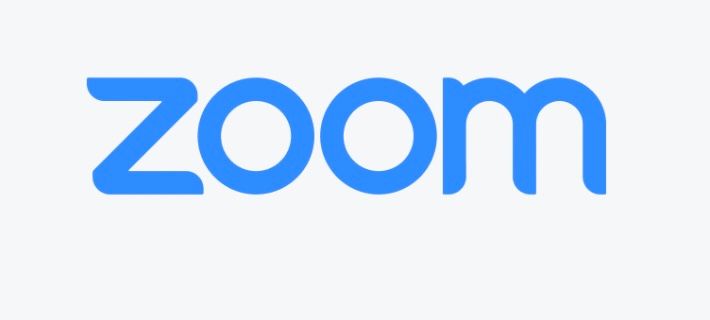
Zoom has become synonymous with all remote interactions mid- pandemic. Perhaps the biggest advantage from a sales standpoint is its totally intuitive UX.
Tom Szauer, Chief Technology Officer at RF|Binder, had this to say about it:
“I see how well Zoom works on a day-to-day basis, how intuitive it is. Employees started experimenting with features I wasn’t even aware of. I wasn’t the first to use a virtual background — some other people figured it out. There are little things people see and use on their own and that tells me that Zoom is an intuitive platform.”
Sales enablement is a very sensitive area, even the smallest aggravating factor can prevent the closing of a deal. Users need to have a comfortable, seamless experience. Zoom offers a range of features to make potential prospects feel comfortable, with their own personalized experience.
Hubspot
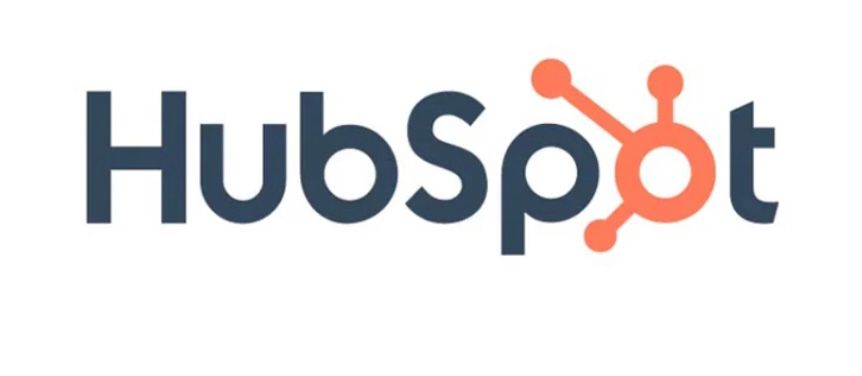
HubSpot provides software products for inbound marketing, sales, and customer service. As a sales enablement platform, it offers you detailed reports on your sales team’s performance and activity.
Sales managers must be able to spot opportunities for growth and improvement in the sales process, and for this to happen, detailed metrics are essential. Effective SaaS sales coaching can't happen without up-to-date, organized metrics.
If you want to know how important this is for SaaS leaders, just refer to Will Yang, Head of growth at Instrumentl:
"The number one thing I’d look for is coachability, followed by a growth mindset. When it comes to SaaS sales, everything is teachable; in the past, I’ve trained former educators to become quota crushing sales reps and the reason why is because teachers are great at following instructions and documentation clearly, reflecting on what they did and didn’t do well, and continuing to strive for better outcomes."
But how can you ensure a growth mindset, if you don’t give SaaS sales reps the tools to highlight opportunities for growth? Sales reps can’t plan for success without up-to-date performance data.

Gong
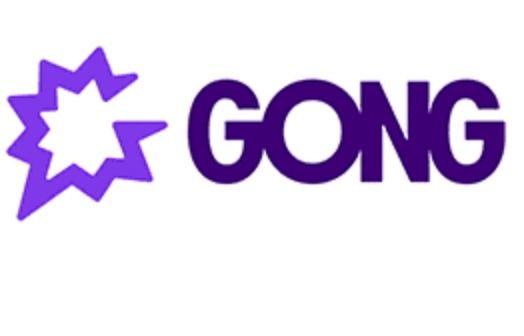
Having ranked among the G2 top 100 software products for 2021, as well as being named as one of LinkedIn’s top startups for 2021, Gong is a highly acclaimed piece of sales enablement software that operates on a see, act and deliver model.
Gong analyzes customer interactions to highlight potential risks in the funnel. As a result, reps are able to focus on high potential prospects and ensure greater sales productivity, making this an effective sales enablement solution.
Dave Seugling, Director of Global Sales Enablement at SaaS company monday.com, had this to say:
“Our team still needed to successfully train, evaluate, and certify the entire organization on the new messaging. Plus, they needed to be sure the new messaging landed as intended, and was adopted by prospects, customers, and the market at large.”
Gong allowed Dave to track how the messaging was being delivered by sales reps during customer interactions and refine it for future success.
“Trackers have been a lifesaver,” said Dave. “The ability to jump to a specific section in a call is super-efficient.”
When it comes to effective sales enablement, attention to detail is critical. The ability to pinpoint the exact moment when a prospect backs out is an invaluable benefit for future improvement.
Slack
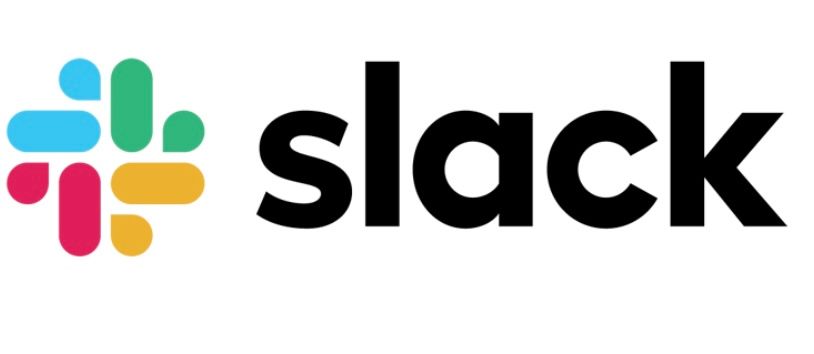
The success of Slack is at least partly down to its ability to centralize communications between teams.
Slack allows you to drop key documents and files in one place while also providing a fast-paced, dynamic communication tool. Effective sales team must have the metrics for long term planning, while also remaining agile and adaptable.
According to CEO and co-founder of Dock, Alex Kracov,
“Sales reps need to be okay with rejection and know when to keep going even when they feel like they are hitting a wall.”
What can we take from this? Not only must sales reps be able to plan for success, but they also have to remain open to constant feedback along the way to success. For this to happen, constant communication between teams is essential. A good communication platform is essential for this.
Enablix
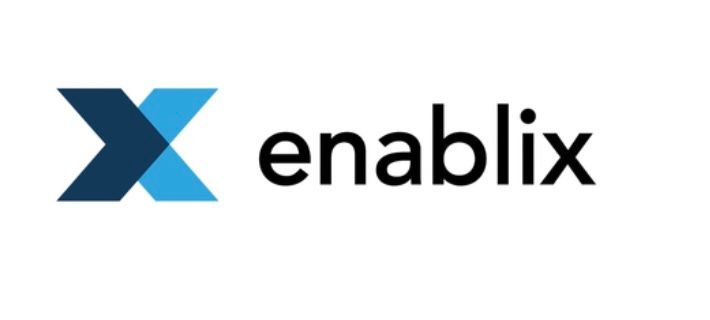
Enablix can provide sales reps with easy access to relevant content, in the form of case studies, in order to emphasize the benefit of products to potential customers. I How valuable are case studies to sales enablement? Case studies allow sales reps to bolster their promises with concrete evidence.
Richard Harris, Sales leader at the Harris consulting group had this to say:
“Case studies don’t actually make the sale. What they do is provide real-world validation. The real value of a case study only applies once a conversation around the prospect use case has occurred. In most cases, the case study just verifies your legitimacy and allows the prospect to 'check the box.'
Customers must be convinced that your use case is legitimate, but if you don’t have the evidence for that, conversion becomes impossible.
Enjoyed this article? Why not become a member and get access to exclusive insights from SaaS experts?





